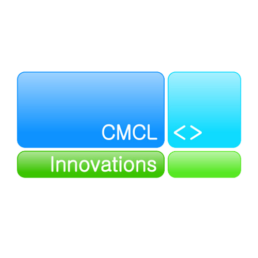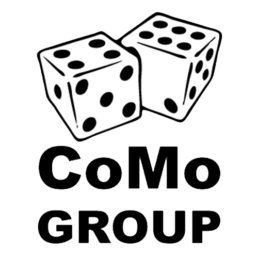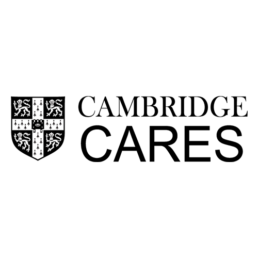Marie
This website presents a proof-of-concept search engine system for accessing chemical data from the World Avatar Knowledge Graph and the Wikidata Knowledge Graph. The Knowledge Graphs offers inter-connected data from chemical kinetics to chemical and physical properties of species and many other domains. We trained a question type classification model and an entity extraction model to interpret chemistry-related questions of interest. The system has a novel design which applies a topic model to identify the question-to-ontology affiliation to improve its accuracy.
To use the Marie search engine, type a question into the field below, or select one of the provided sample questions.
Results
From the World Avatar
 Loading, please wait...
Loading, please wait...
Example Questions
To query computational quantum-related data about molecules.
- What is the heat capacity of methane
- Show the power conversion efficiency of TiO2
- c3h8's enthalpy at 181.09 fahrenheit
- Molecular oxygen's entropy at 13.61 K and 101325 pascals
- Power conversion efficiency of OPF with donor of ozone
To query computational quantum-related data about molecules.
- Show me the vibration frequency of H2O2
- Find the gaussian files of c8h14
- What is the symmetry number of C8H14
- What is the spin multiplicity of C8H14
- Electronic energy of C2H2O2
- Show the formal charge of C3H6
- What is the geometry type of C2H2O2
To query kinetic and thermodynamic data about molecules.
- What is the lennard jones well depth of C2H2O2
- Polarizability of C2H2O2
To query reactions and mechanisms and their properties.
- What reaction produces H2 + OH
- Is the reaction H + H2O == H2 + OH reversible
- What reaction has CH4 as reactant
- What mechanism contains CH4 + OH
- Reaction rate of H + O2 -> O + OH
To query properties of a certain class of molecules.
- Chemical structure of aromatic hydrocarbons
To find molecules meeting certain conditions.
- Mass of aromatic hydrocarbons with mass less than 170
- Aromatic hydrocarbons with mass less than 170
- Chemical formula of alkanol with heat capacity less than 15
To find molecules by their SMILES.
- Show me the ionization energy of C1=CC=CC=C1
- What is the heat capacity of c1=cc=cc=c1
To query molecule properties.
- Molecular weight of ch4
- Chemical structure of benzene
This content was developed, tested, and documented by the following commercial and academic partners. For more information on each institution, please follow the links listed below.
 |
 |
 |
| CMCL Innovations cmclinnovations.com |
Computational Modelling Group como.ceb.cam.ac.uk |
Cambridge CARES cares.cam.ac.uk |
